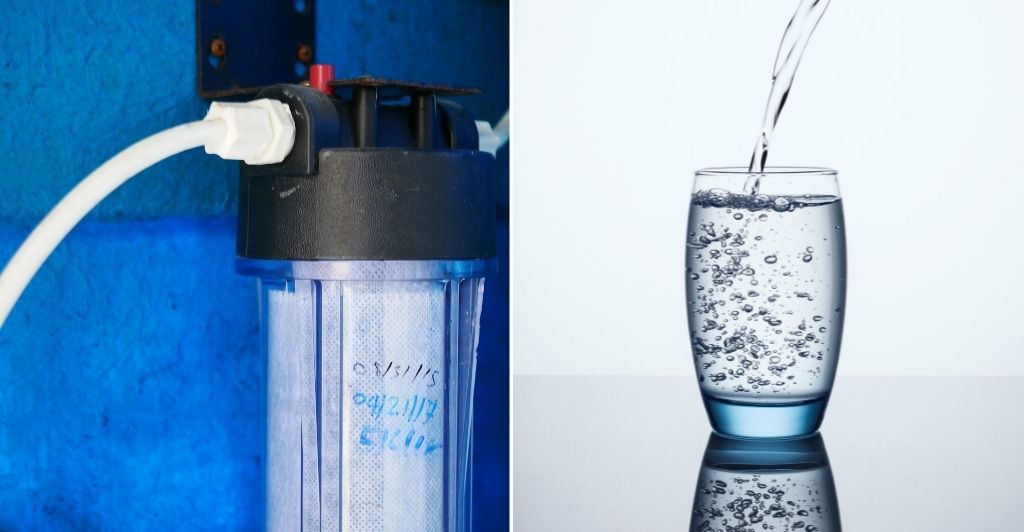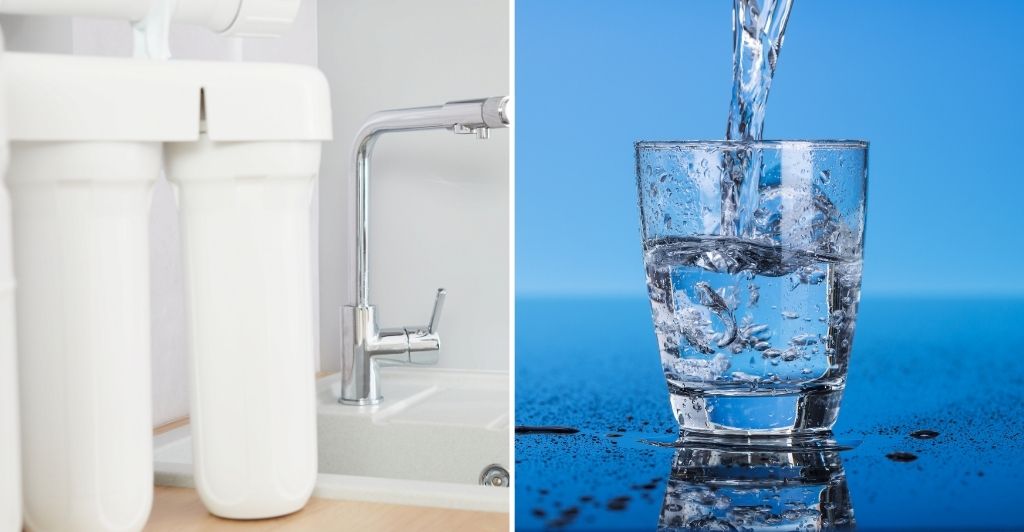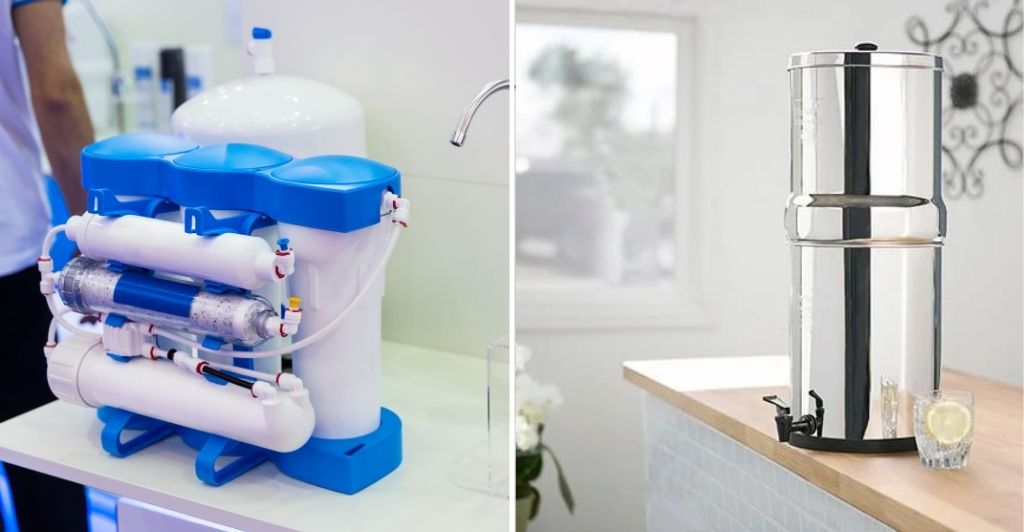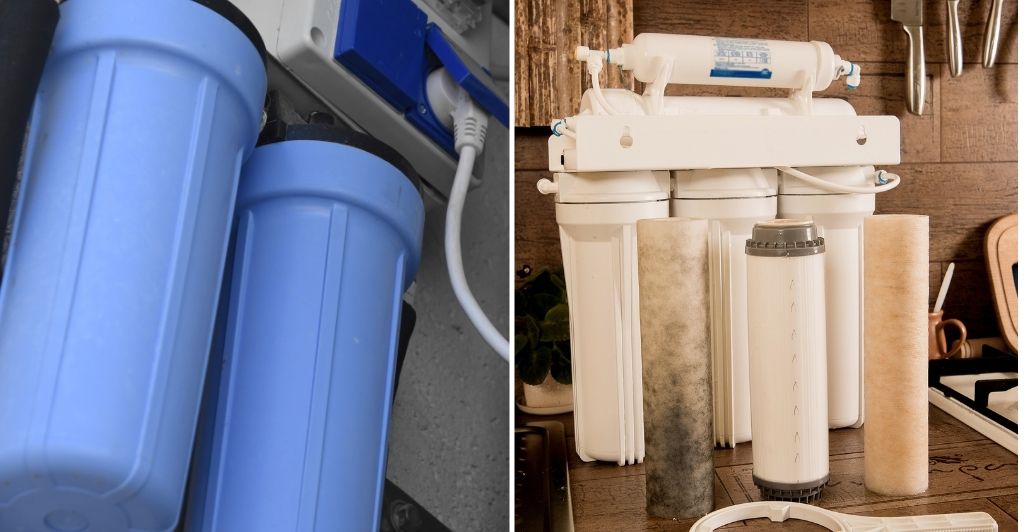The Reverse Osmosis water filter system is one of the most popular among the various methods available in the market.
While the reverse osmosis system removes all the toxic and harmful components from water, it often eliminates essential minerals which are the healthy components beneficial to human beings.
This is the reason why RO filtered water is often acidic in nature. That is why many people are looking for ways to make Reverse Osmosis water less acidic and more alkaline (read alkaline vs reverse osmosis water filters).
In case you want to know all about it, here is a comprehensive article to help you understand the problem and find a solution.
Let’s get started!
What is Acidity in the Water?
The capacity of water to neutralise its bases is measured by its acidity. To find out the acidity of water, one has to form a summation of all the titratable acid present in the water.
Water with a pH of less than 7 is considered to be acidic in nature. Starting from adverse effects on your body and health to problems in your plumbing system, acidic water has a lot of disadvantages.
Why is Reverse Osmosis Water acidic?
With passing time the content of CO2 is increasing globally. This has made the rivers, lakes and other water bodies absorb CO2 from the air. Thereafter, the mixture produces carbonic acid which makes the water acidic in nature.
Coming to the purification processes, the RO system and the distillation system of water filtration make the water efficiently pure. The level of absorption of CO2 is directly proportional to its purity. Hence, the purer the water, the more CO2 it absorbs, making the water more acidic in nature.
How to Test if Your Water is Acidic?
Consumption of acidic water for a prolonged period can have long-term effects on your body. It is important to find a way to reduce such possibilities and the first step towards it is to know if the water supply at your house is acidic.
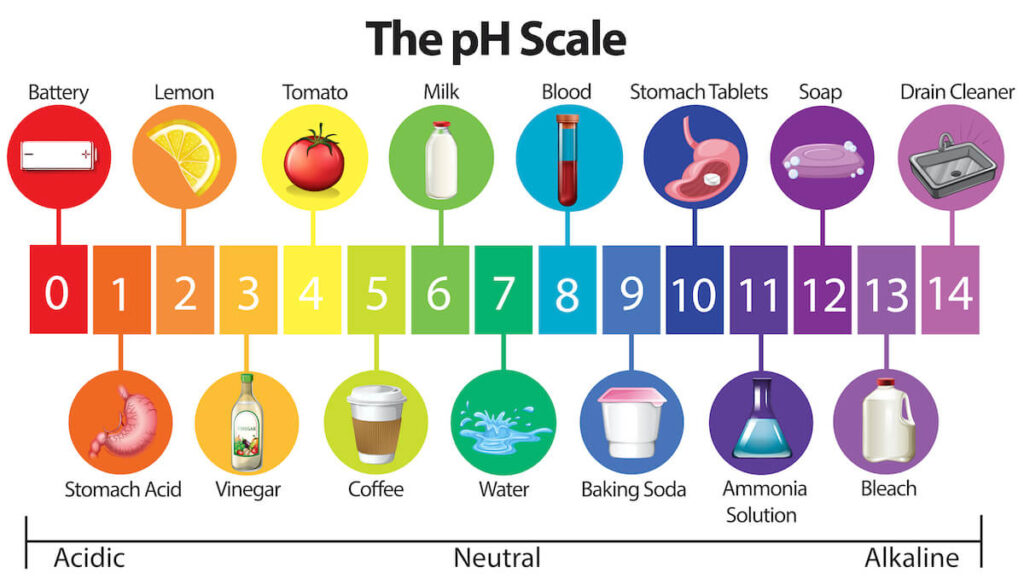
You can check them in the following ways…
By using a pH meter
To use this meter you need to get the water you want to test and keep it in a container with the measurement. Follow the measurement that the pH meter instruction manual provides.
The temperature of the water might affect the reading so make sure to keep it neutral.
Once you have the required quantity of water you have to dip the probe of the pH meter and wait for the recommended time. You can check the pH level and know if it is acidic in nature.
By using pH papers
For this also, you need to take water in a container and make sure it is deep enough for the paper strip to submerge. On leaving it in the water for a few moments you will notice that it will change color.
Once it has changed the color you can match the level to the sample provided by the company producing the pH strips. By doing this you can find out the pH level of the water.
By using Litmus Paper
A litmus paper works a little bit differently than pH strips or meter. To carry on this process you have to take the water in a container with the space for the litmus paper.
Put the paper in the water and wait for a few seconds. You will notice that it changes its color. It either changes into blue or it changes into red.
If a red litmus paper turns blue it signifies that the solution is not acidic, rather it is basic in nature. And if it is a blue litmus paper and it turns red it indicates that the water is acidic in nature.
What is Alkaline Water and why choose it?
Alkaline water is water that has several minerals dissolved in it which makes it less pure and less susceptible to absorbing CO2 from the air. Most tap water is thus alkaline in nature. The lesser the minerals the more the acidic nature of the water.
Human beings need a particular amount of minerals in their bodies. Although RO water is pure in nature and safe for drinking it does not guarantee the induction of these minerals in the body.
On the other hand, alkaline water contains all the necessary minerals that are important for the sustenance of human life. Side effects of acidic water include weight gain, kidney stones and many more.
To avoid these, one needs to consume water that has the basic minerals essential to the body. This is the reason why you should choose alkaline water over-acidic water.
How to Remineralize Reverse Osmosis Water?
There are various ways in which you can turn acidic water into alkaline water…
- Get an RO system that has a mineral filter: This is the best way to eliminate all the problems revolving acidic filtered water.
- Use a mineral filter with your normal RO filter: If you have a normal RO filter, add an individual mineral filter to it, to increase the mineral content.
- Add mineral salts to the RO purified water: This is a hassle-free process and does not require the installation of another filter to the existing filtration system.
- Add trace mineral drops to the acidic purified water: Using mineral drops is another effective way. The best procedure will be to collect the RO filtered water in a large container and demineralize it by adding the mineral drops.
- Add green powder: Green powder, as the name suggests is made from green and leafy vegetables. If you add this to the RO filtered water, you will not only add minerals but also other important components beneficial to the body.
Conclusion — Make make Reverse Osmosis Water Less Acidic
We hope this article has helped you in understanding the whole phenomenon of acid in the water, its harmful effects, how it is formed and how to solve the problem. The solution is also a simple one that is hassle-free and easily doable.
So, if you have a new Reverse Osmosis water filtration system, we are sure you will be able to reduce its acidity and make it more healthy for you and your family.

